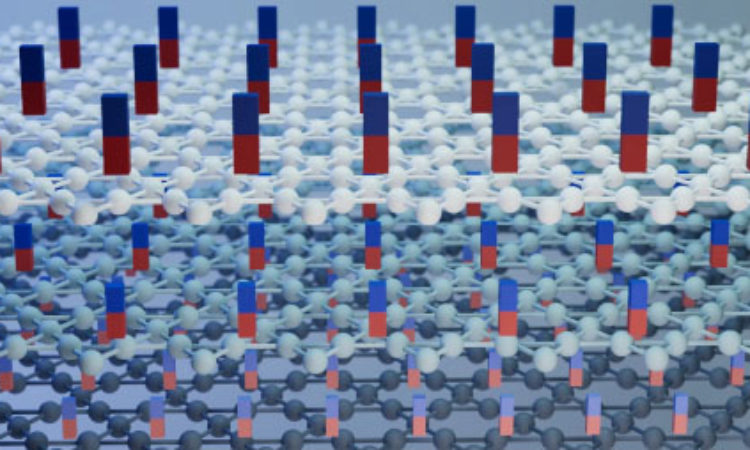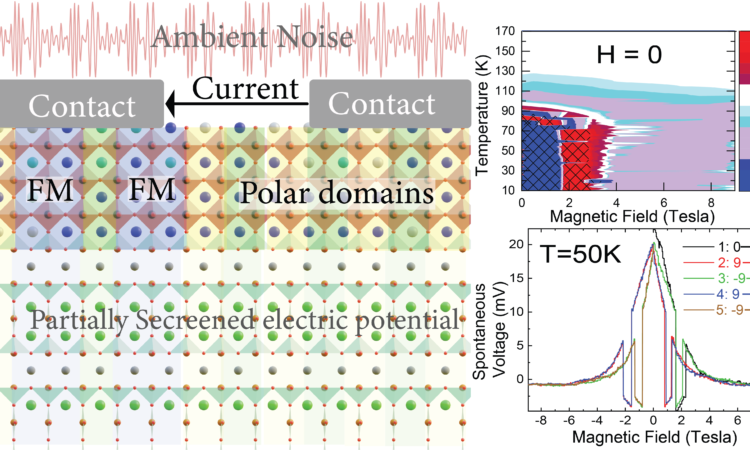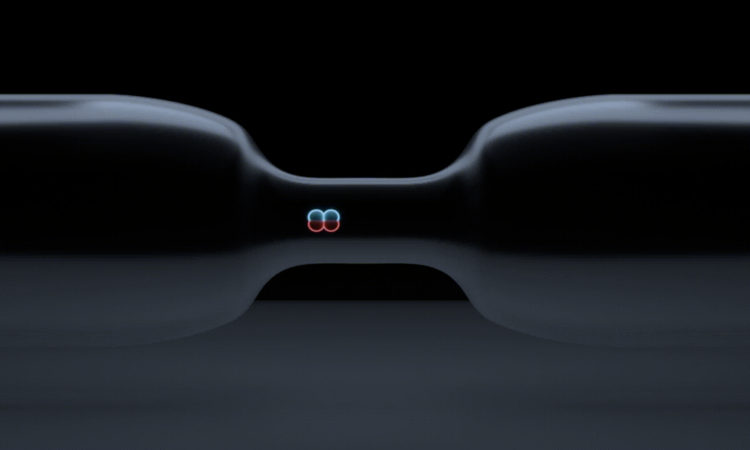Imaging slow electrons in a Moiré’ semiconductor

By Gianmarco Gatti and Felix Baumberger, UNIGE
Moiré semiconductors, obtained by twisting two monolayers transition metal dichalcogenides, emerged as versatile platforms for the investigation of correlated phases at low carrier densities, offering a novel perspective for understanding many-body interactions. According to theory, the lowest-energy electronic states of these moiré systems are described by energetically isolated narrow bands dispersing over the nascent moiré mini-Brillouin zone. Electrons (or holes) occupying these states have low kinetic energy and experience the effects of correlations. Until now, imaging the predicted mini bands in momentum space proved challenging and experimental information about the band width, the magnitude of the mini gaps and even from which monolayer valley the mini bands derive was largely lacking.
In our work, we reveal the existence of ‘flat bands’ in a twisted bilayer WSe2 (tWSe2) with angle-resolved photoemission spectroscopy [1]. These bands derive from the monolayer Γ- states and are in close proximity to the global valence band maximum, opening the possibility that the Γ-valley flat band participates in the correlated phases of tWSe2. We provide an estimation of the band width of the moiré mini-band (≈ 10 meV) and determine the amplitude and symmetry of the superlattice potential from a quantitative analysis of the ARPES data.
Our findings provide a benchmark for large scale DFT calculations and support the interpretation of the optical and transport properties of tWSe2 in terms of a correlated flat band system. However, our work also questions the clear separation of energy scales needed to describe tWSe2 as a single band Hubbard material: the on-site Hubbard interaction U likely exceeds the superlattice potential and thus the gap between different mini bands. Moreover, the moiré potential determined from our quantitative analysis is comparable to the energy difference of Γ and K- valleys and also to shifts in valley energies predicted under realistic doping, displacement field and strain values. Accounting for this complexity will be essential to understand the phenomenology of this moiré semiconductor.

Based on article published in Physical Review Letters



